Can a Dog Eat Cat Food: Understanding the Nutritional Differences
Many pet owners wonder, “Can a dog eat cat food?” This question often arises when a dog’s curiosity leads them to the bowl of a feline friend. While it might seem harmless for a dog to munch on cat food, there are significant nutritional differences between the two types of pet food. Understanding these differences can help you make the best choices for your dog’s health.
Dog food and cat food are formulated to meet the specific dietary needs of each species. Dogs are omnivores, which means they can thrive on a mix of plants and animal products. Cats, however, are obligate carnivores. This means their diets need to be rich in protein, primarily from animal sources. Here’s what you need to know:
Nutritional Composition
Both dogs and cats have unique nutritional requirements:
- Protein Content: Cat food typically contains higher protein levels. A standard cat food can contain anywhere from 30% to 50% protein, while dog food normally ranges from 18% to 25%.
- Taurine: Cats need this amino acid, which is not as crucial for dogs. If a dog consumes cat food regularly, it can lead to imbalances.
- Fat Levels: Cat food has higher fat content than dog food. This is essential for cats and can lead to obesity and pancreatitis in dogs if consumed over time.
- Carbohydrates: Dogs can handle carbohydrates better than cats, which require fewer carbs in their diet. Cat food often contains more grain and other carbohydrate sources compared to dog food.
- Vitamins and Minerals: Vitamins, such as vitamin A, are synthesized in different ways between the two species. Dogs can convert beta-carotene from plants into vitamin A, while cats cannot.
Potential Health Risks
Feeding your dog cat food occasionally might not cause immediate harm, but regular consumption can lead to various health problems:
- Obesity: Regular intake of high-calorie cat food can lead to weight gain in dogs.
- Pancreatitis: The high-fat content in cat food can trigger pancreatitis, a painful inflammation of the pancreas.
- Taurine Deficiency: While not necessary for dogs, too much cat food can potentially upset your dog’s balance of nutrients, including taurine.
- Digestive Upset: Changing a dog’s diet abruptly or giving them cat food can lead to gastrointestinal issues such as vomiting and diarrhea.
What to Do if Your Dog Eats Cat Food
If your dog has eaten cat food, monitor them for any signs of distress. Watch for symptoms like vomiting, diarrhea, or lethargy. In most cases, a single meal won’t cause harm, but consistent care will keep your pup healthy.
If you catch your dog sneaking cat food frequently, it may be a sign that your pup is not satisfied with their own food. Consider discussing your dog’s diet with a veterinarian to ensure they are getting the right nutrition.
When to Consult a Veterinarian
If your dog seems to be regularly attracted to cat food and you’re concerned about their health, it might be time to consult a vet. They can provide you with tailored advice on balancing your dog’s diet and addressing any potential deficiencies or health risks.
While a dog eating cat food occasionally is not typically dangerous, it is not recommended as a regular part of their diet due to the nutritional differences. Ensuring your pet receives the right food tailored to their specific needs is crucial for their overall health and well-being.
For further reading on pet nutrition, you can check PetMD and American Kennel Club (AKC). These resources provide valuable insights into keeping your furry friends healthy!
Potential Health Risks of Dogs Consuming Cat Food
Many pet owners often wonder, “Can a dog eat cat food?” While it may be tempting to let your dog munch on your cat’s food, there are potential health risks you should consider. Understanding these risks is essential for the well-being of your furry friends. Here, we’ll explore what happens when dogs consume cat food and the implications it can have on their health.
Dogs and cats have different nutritional needs. Cat food contains a higher level of protein and fat, which is tailored to a cat’s metabolism. Dogs, being omnivores, require a more balanced diet that includes carbohydrates and fiber. Consuming cat food occasionally may not harm your dog, but regular consumption can lead to several health issues.
The most significant health risks associated with dogs eating cat food include:
- Obesity: Since cat food is more calorie-dense, regular ingestion can lead to excessive weight gain in dogs. This can cause a range of issues, including joint problems and other obesity-related conditions.
- Pancreatitis: High levels of fat in cat food can trigger pancreatitis, an inflammation of the pancreas that can be very painful and harmful for dogs. Symptoms include vomiting, abdominal pain, and lethargy.
- Nutritional Imbalance: Dogs are not able to process nutrients the way cats do. Feeding them cat food can disrupt their nutritional balance, leading to deficiencies or excesses in essential vitamins and minerals.
- Digestive Upset: Sudden changes in diet can cause gastrointestinal issues in dogs, including diarrhea and vomiting. This is especially true if the dog is not accustomed to high-protein and high-fat diets.
It’s also crucial to consider food allergies and sensitivities. If your dog has known allergies, consuming cat food could trigger reactions, leaving you to deal with skin irritations or digestive upsets.
One common concern is the potential for cats’ food to contain ingredients that are toxic to dogs. For instance, some cat foods may contain certain types of fish or even added preservatives that dogs might not tolerate well. Always read the ingredient labels and consult your veterinarian if unsure.
If your dog accidentally eats cat food once in a while, it’s usually not life-threatening. However, if this becomes a habit, the risks increase. It’s essential to monitor your pet’s eating habits:
| Signs to Watch For | What to Do |
|---|---|
| Weight Gain | Consult your vet about diet options. |
| Vomiting or Diarrhea | Stop all cat food and consult a vet if symptoms persist. |
| Increased Thirst | Monitor fluid intake; seek vet advice if excessive. |
Veterinarians generally recommend keeping a strict separation of food between cats and dogs. This ensures that each pet receives a diet that is specifically designed for their unique needs. Consider feeding your dog a high-quality dog food that provides all the necessary nutrients for their health.
If your dog has developed a taste for cat food, try to manage access to the cat’s food bowl. Feeding your pets in different areas or at different times can minimize the chances of one eating the other’s food. Additionally, consider using strategic feeding solutions to prevent this problem. Raised feeding stations or cat doors can help keep cat food out of reach.
Although it may seem harmless for a dog to sneak a bite of cat food, the potential health risks are not to be taken lightly. Addressing dietary needs appropriately can help to fend off health complications. For more guidance, consider reaching out to professional resources such as the [American Veterinary Medical Association](https://www.avma.org) or the [ASPCA](https://www.aspca.org) to learn about diet and nutrition for your pets.
Take proactive steps to ensure that your furry friends stay healthy and happy, and avoid the temptation of sharing cat food with your dog.
When is it Safe for Dogs to Have Cat Food?
Many pet owners may wonder about the safety of their canine companions munching on feline cuisine. Both cat food and dog food are formulated for different nutritional needs based on the species. However, there are situations where it’s worth exploring if it’s safe for your dog to indulge in cat food.
At times, dogs may accidentally nibble on cat food, especially if they share living spaces. It can be unsettling for pet parents to question whether this is a harmless mistake or something to worry about. Here’s a breakdown of when dogs can have cat food safely:
Understanding Nutritional Differences
Dogs and cats require different nutrients in their diets. Dogs are omnivores, meaning they thrive on a mixture of animal and plant foods. Cats, on the other hand, are obligate carnivores, which means their diet primarily consists of protein. Here are a few nutritional differences:
| Nutrient | Dog Food | Cat Food |
|---|---|---|
| Protein | 18-25% | 30-40% |
| Fat | 5-15% | 15-25% |
| Carbohydrates | 30-50% | 0-10% |
| Taurine | Not essential | Essential |
Given these differences, occasional snacking on cat food might not be harmful. However, a dog consuming cat food regularly is not advisable due to unbalanced nutrition.
When is it Safe for Dogs to Eat Cat Food?
Here are specific conditions where it may be safe for dogs to eat cat food:
- Accidental Ingestion: If your dog sneaks a few bites of cat food now and then, it’s generally harmless.
- Short-term Solution: If you run out of dog food and can’t get to the store right away, feeding your dog cat food temporarily may be acceptable for a day or two, though it’s not a long-term solution.
- For Very Young Dogs: Puppies that are transitioning from milk to solid food might be okay with a small amount of cat food, but this should only be under veterinary guidance.
Potential Risks Associated with Dog Eating Cat Food
While snacking on cat food occasionally can be safe for your dog, there are several potential risks to keep in mind:
- Obesity: Cat food is higher in calories, which can lead to weight gain if consumed frequently.
- Gastrointestinal Upset: Your dog may experience digestive issues, such as diarrhea or vomiting after eating cat food due to the difference in protein levels and fat content.
- Nutritional Imbalance: Long-term feeding of cat food can lead to deficiencies in essential vitamins and minerals for dogs.
What to Do If Your Dog Eats Cat Food Regularly
If you find that your dog is consistently eating cat food, consider taking the following steps:
- Monitor Their Weight: Keep an eye on your dog’s weight to catch any unwanted gain early.
- Provide Suitable Alternatives: If your cat’s food is more enticing, consider finding a dog food with similar flavors or textures to attract your dog without causing harm.
- Train Your Dog: Teaching your dog to avoid cat food can help reduce their interest in it. Simple commands and positive reinforcement can be effective.
Consult a Veterinarian
If you are unsure about the effects of cat food on your dog’s diet, consult a veterinarian. They can provide tailored advice based on your dog’s health and dietary needs. Resources like AKC or AVMA offer valuable insights on caring for your pets and understanding their dietary needs.
While an occasional taste of cat food is generally safe, it’s essential to ensure that it doesn’t become a regular habit. Your dog’s health should always be the priority, so making informed decisions is key.
How to Transition Your Dog to a Different Food Safely
Transitioning your dog to a different food requires careful planning to ensure their health and comfort. Making changes too quickly can upset your dog’s stomach and lead to digestive issues. Here’s a step-by-step guide to help you make the transition safely.
Understand Why You’re Switching Foods
Before you start, ensure you have a valid reason for changing your dog’s food. Common reasons include:
- Food allergies or intolerances
- Changes in lifestyle or activity level
- Age-related dietary needs
- Weight management concerns
Choose the Right New Food
Picking the right food is crucial for a successful transition. Research different brands and look for options that meet your dog’s nutritional needs. Factors to consider include:
- Ingredients: Look for high-quality protein sources and avoid fillers.
- Life Stage: Choose food appropriate for your dog’s age, breed, and size.
- Brand Reputation: Opt for brands with good reviews and transparent ingredient sourcing.
For more information on how to choose the right dog food, visit AKC’s Dog Food Guide.
Gradual Introduction to the New Food
To prevent gastrointestinal upset, gradually introduce the new food. A standard approach is to follow this schedule:
| Day | Food Ratio |
|---|---|
| 1-2 | 25% new food, 75% old food |
| 3-4 | 50% new food, 50% old food |
| 5-6 | 75% new food, 25% old food |
| 7+ | 100% new food |
Monitor Your Dog’s Reaction
Throughout the transition, keep a close eye on your dog’s health. Look for signs of stress or digestive issues, such as:
- Vomiting
- Diarrhea
- Lethargy
- Loss of appetite
If you notice any of these signs, slow down the transition and give your dog a few more days at the current stage before proceeding.
Stay Hydrated
During the transition, ensure your dog has access to fresh water at all times. Hydration can assist in digestion and prevent constipation, which can result from switching foods.
Consult Your Veterinarian
If you’re uncertain about the best food for your dog or if your pet has special dietary needs, consult your veterinarian. They can provide tailored advice and recommend specific brands that meet your dog’s nutritional requirements. You can find more information at the AVMA’s Pet Food Resource Page.
Be Patient and Consistent
Remember that every dog is different. Some may adapt quickly to the new food, while others may take longer. Patience is key for a smooth transition. Keep feeding times consistent and stick to a schedule.
Other Considerations
If your dog has specific health concerns or has been previously on a restricted diet, a more gradual transition over two weeks or longer might be necessary. In such cases, increasing the portions of the new food slowly allows your dog’s digestive system to adapt.
Be aware of the nutritional needs throughout the transition process. Regularly check your dog’s weight and overall condition. If weight gain or loss occurs, adjust the portion sizes accordingly or consult with a professional.
For more tips on how to transition your dog safely to new foods and on canine nutrition, consider visiting PetMD’s Guide.
Tips for Preventing Dogs from Eating Cat Food
Keeping your dog from stealing cat food can be a tricky task. Many dogs find the scent of cat food irresistible, but consuming it isn’t always safe for them. The nutritional content of cat food is specifically formulated for cats, not dogs. Here are some practical tips to prevent your dog from getting into the cat’s food supply.
Establish a Separate Feeding Area
One of the first steps is to create designated feeding areas for both your dog and cat. This prevents food from being mixed and makes it easier to supervise. Here are some ideas:
- Choose separate rooms for each pet’s feeding time.
- Use baby gates to block access to the cat’s food area.
- Feed your cat on a high surface where the dog cannot reach.
Feeding Schedule
Establishing a feeding schedule can be very effective. Dogs often take advantage of free-feeding situations where food is available at all times. Here’s how you can manage this:
- Feed your cat on a specific schedule, ensuring the food is only out for a short duration.
- Feed your dog outside of the cat’s meal times. This limits opportunities for stealing.
Use Puzzle Feeders for Cats
Puzzle feeders can make it more challenging for your cat to access their food quickly. This not only helps curb your dog’s chances of stealing food but also engages your cat mentally. Consider these options:
- Look for puzzle feeders that dispense food slowly.
- Use toys that require manipulation to release food, so your cat has to work for their meals.
Provide Simultaneous but Separated Feedings
In multi-pet households, feeding both animals at the same time in separated areas can manage attention. Try these tips:
- Place the dog in a different room while the cat eats.
- Use a crate for the dog during cat feeding times.
Train with Commands
Training can be a useful tool in preventing your dog from eating cat food. Teaching “leave it” or “no” can help in many situations. You can start with these training steps:
- Practice commands regularly in a positive environment.
- Reward your dog for listening when you say “leave it.” Use treats or praise.
Keep an Eye on Your Dog
Supervision is key. During transition times, keeping your dog in sight can prevent incidents from occurring. Here are some strategies:
- Use a leash for extra control when your dog is near the cat’s feeding area.
- Monitor your pets during meal times to ensure boundaries are respected.
Consider Dog-Proof Feeders
Dog-proof feeders are specially designed to keep out sneaky dogs. They can be a great investment if you find your dog consistently stealing from the cat. Features of these feeders might include:
- Hopper-style designs that are hard for dogs to tip over.
- Locking mechanisms that only allow cats to access the food.
Be Consistent and Patient
Consistency is crucial when altering your pets’ feeding habits. Each change may take time to adjust. Here are some reminders:
- Stay patient as your pets adjust to the new routines.
- Discuss with your veterinarian if you’re concerned about your dog’s behavior with cat food.
For more information on pet feeding techniques and tips, you can explore Vetstreet and PetMD which provide detailed insights into proper pet nutrition and behavior management.
By following these guidelines, you can effectively limit your dog’s snack heists on cat food, keep both pets happy and healthy, and foster a harmonious home environment. Remember that every pet is unique, and it might take time to find the strategy that works best for your household.
Conclusion
When considering whether a dog can eat cat food, it’s essential to recognize the nutritional differences between the two. Cat food is designed to meet the specific dietary needs of cats, which often leads to higher protein and fat content compared to dog food. This imbalance can pose potential health risks for dogs, including obesity and gastrointestinal upset.
Understanding when it might be safe for dogs to consume cat food is crucial. In situations where dog food is temporarily unavailable, a small amount of cat food may not cause immediate harm. However, this should not become a regular practice. If you ever need to transition your dog to a different food, do it gradually to avoid digestive issues. This means mixing the new food with the old over several days, allowing your dog’s system to adapt.
To prevent your dog from sneaking cat food, consider practical strategies such as feeding your cat in a separate room or elevating the cat’s food bowl. This can help create a barrier that keeps the dog from getting into the cat’s diet.
Ultimately, the well-being of your dog should be your priority. Ensuring they have a balanced diet specifically tailored for dogs not only promotes better health but also supports their overall happiness. Remember, if you’re ever in doubt about your pet’s nutrition or what food to offer them, consulting with a veterinarian is always a good idea. They can provide personalized guidance to keep your furry friends thriving.


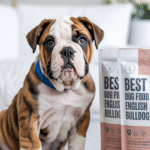
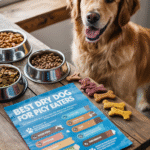
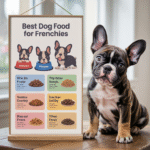
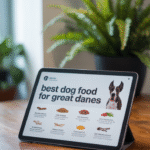
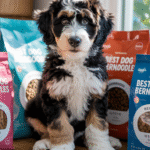
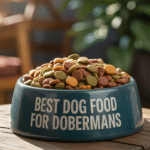
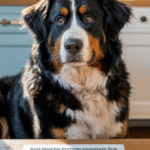
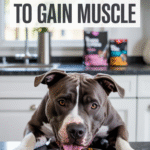
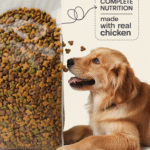
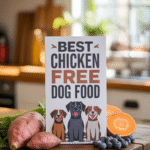

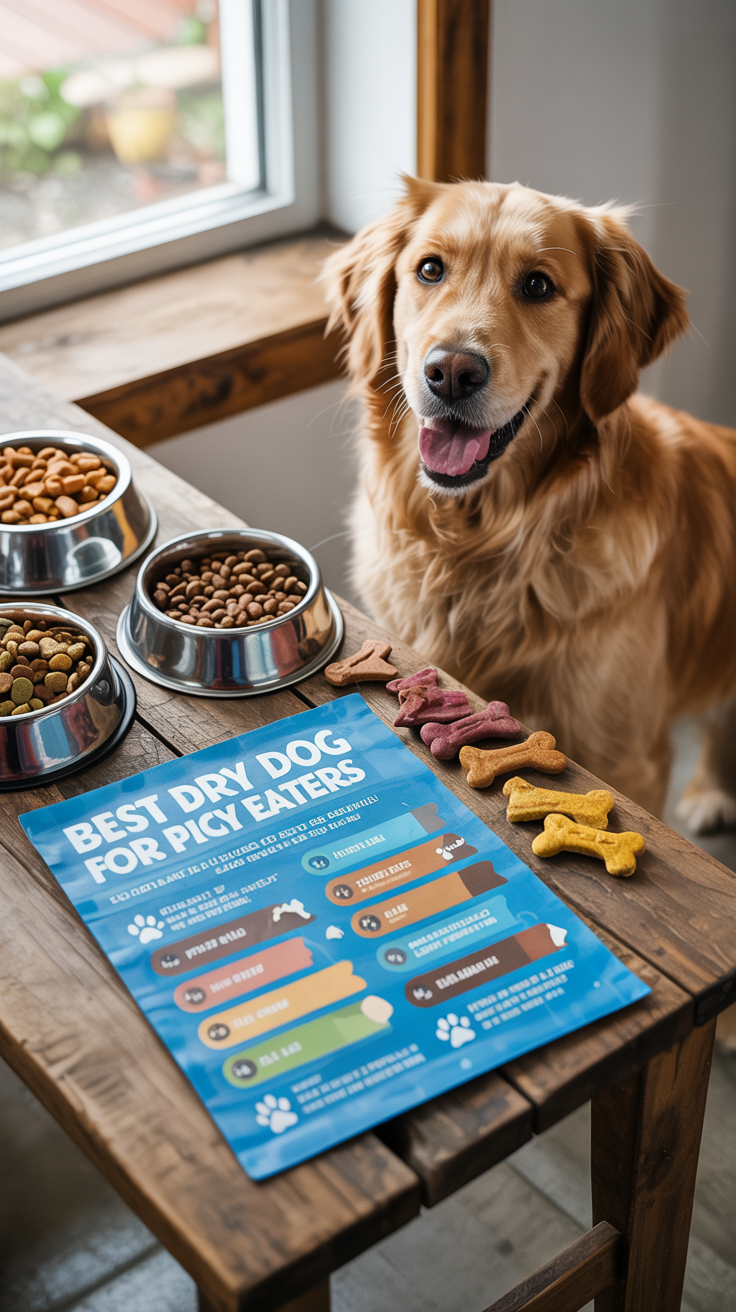
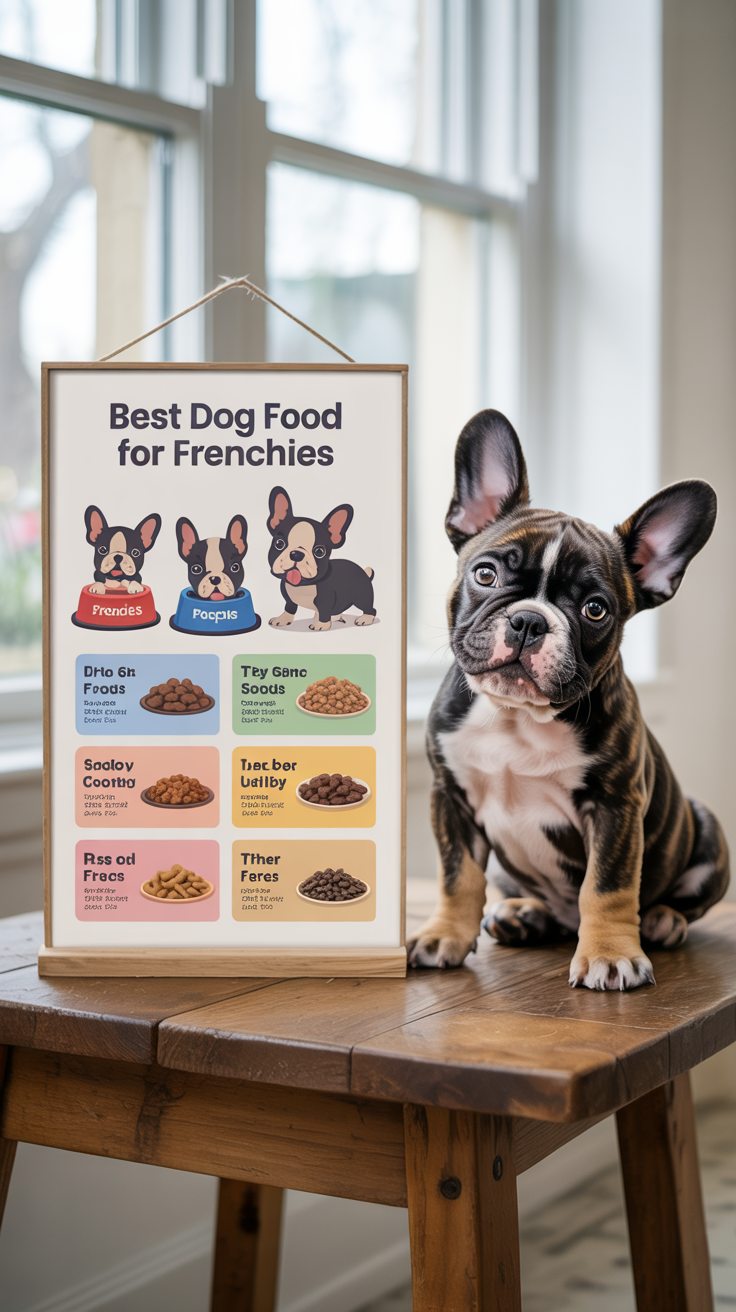
Leave a Reply